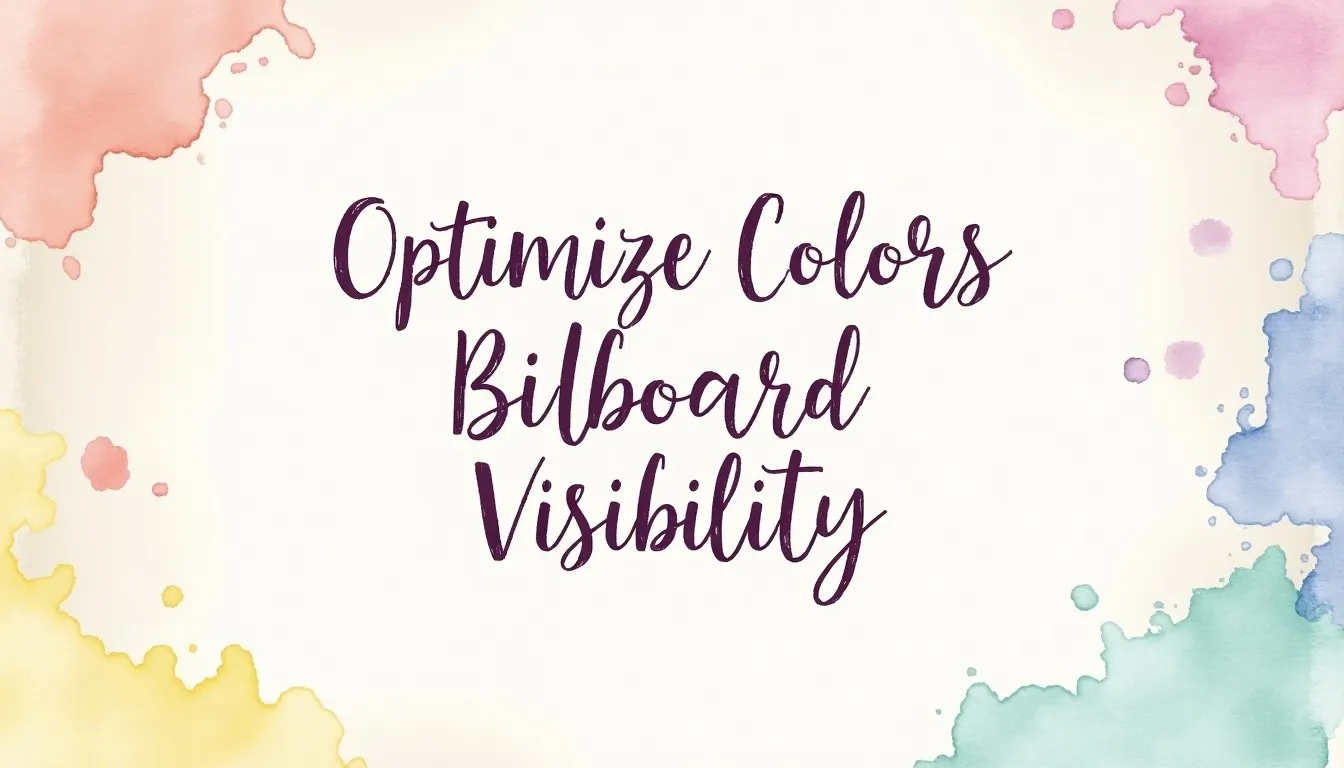Introduction to Accessibility:
| Your text here |
Ever wondered, what is looked for while designing a web page? Or What website to make it more user-friendly? What does the individual who has his first encounter with the website perceives? How can we as a business or a service provider interact with a user with some cognitive disability? So, the answer to all the questions mentioned above is accessibility.
Designers of a web page often tend to look forward to incorporating the principles of accessibility to ensure a good all-around user experience. Because, if the format of the content is only words with images, people with disabilities would be unable to access the content. Accessibility plays a key role in web development, web applications development, or browser development.
Accessibility is a practice to make a webpage beneficial and accessible to all. This is because we all are different in our ways. So, to benefit all, people with cognitive impairments and disabilities as well.
Additionally, to make the content of the website accessible, references like W3C Web Accessibility Initiative [WAI] are used.
10 Principles of Accessibility:
Let us look at 10 principles of accessibility that can help us make the content accessible for every group of audience:
Design cognitive accessibility.
This cognitive accessibility would be beneficial for everyone. In this method, platforms use text-to-speech conversions. Here, content is in the form of videos of spell check or suggestions of the long texts that can be provided to enhance accessibility.
Implement more mobile accessibility checks.
This is to ensure that the text is written in plain language. This would serve as an added advantage, as the content would be in an easily understandable form. However, to make the webpage more accessible, the vital information needs reviews and confirmation too.
An all-access attitude would focus on minimizing the number of distractions.
All the instructions should be provided clearly. For instance, <label>,<enter>,<address>, etc. Indications need to be in code as well as in visuals to make the user much aware regarding the decision making.
Incorporate the usage of mindful visual bias
It does not mean ugly design. Hence, we should provide consistent navigation. Additionally, the web page layout should also be in a consistent format. Consistency often makes the user aware of which step to follow.
Accessibility
Upfront accessibility is much more affordable to use.
Colour & Interface
The mobile interface should be provided with the zoom feature and text resizing aids people with disabilities. Additionally, enhanced color contrasts help color-blind users.
Videos
Videos make the content more accessible. Here, testing on the real users is much needed.
Content Placement
The content must be in such a manner that screen readers find it. This also ensures that the users have their focus and attention only on the important information.
Hamburger
Screen readers should not skip the tag hamburger menus. Hence, tag hamburger menus in such a manner that the screen readers do not skip over them.
Alt Text
Creation of a great ALT text that ensures the description of images is a must. Make & Use hyperlinks more descriptive. It should tell the user where they are going to head if they click a link.
Benefits of Principles of Accessibility:
What can be the perks of accessibility principles? How can these accessibility principles be helpful? Semantic HTML results in better SEO which in turn increases the reach of the website. Additionally, imparting accessibility is a law in many countries. Accessibility also makes the website function over slow networks or say for instance mobile phones. The very main motive of web accessibility is to treat everyone the same. Using accessibility also people who experience visual, physical, or neurological impairments.

How to Ensure Accessibility
- Use relevant and similar illustrations and images relating to the content and look and feel of the subject. This format should be similar and avoid surprising the audience. To make the content accessible, use subtitles. The very main feature that makes YouTube a sure-shot hit, is you will never get bored of it. Over billions of people watch YouTube, so it uses subtitles and transcripts to make the content accessible for all. Posts, hyperlinks, icons or videos, and various other media types require descriptive ALT tags that also hikes up the SEO.
- The description and texts are written in clear page titles while using abbreviations. Use active voice in in the text. Break the paragraphs into bullet pointers or small paragraphs. However, the texts should not exceed 14-16 pixels.
- The very main feature of Navigation and the addition of links makes the content much more informative. Additionally, avoid loud colors to benefit the color blind.
- Beneficial technologies namely, voice recognition features, make the screen reading more accessible. Assistive technology also includes On-screen keyboards with trackballs, eyes-tracking software. This in turn too can be beneficial in making the content accessible.
- Do’s and Don’ts: While developing a webpage, tough-coding layouts should be avoided. This is because hard coding layouts often hinder assistive technology. To enhance it even further, semantically coded frontend would help in changing the text size and modifications too can be made easily. Flexibility can be implemented by using dynamic sites. These dynamic sites are capable of changing text sizes.
Winding Up:

Therefore, being a legit concern, accessibility is a must for any website. These rules and policies of accessibility are laid down by the W3C [World Wide Web Consortium] of any country. Research, markup, headers, technical SEO, and perfectly arranged ALT text with images make the accessibility worth it and also bring in results. Accessibility is all about cognitive, varying forms of input, motor skills, and difference of vision.






















